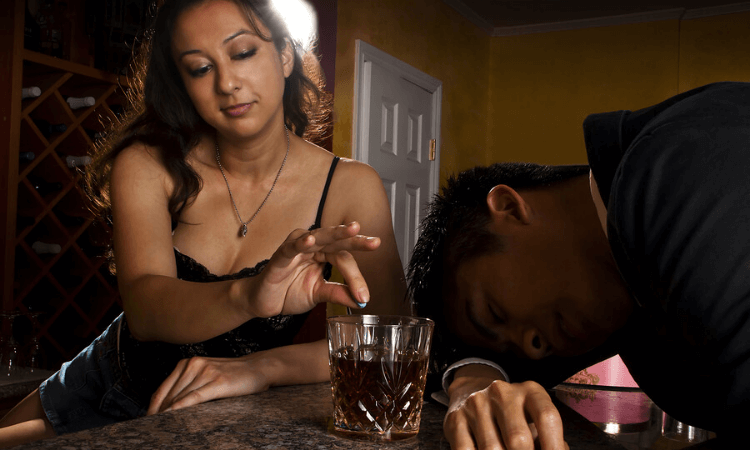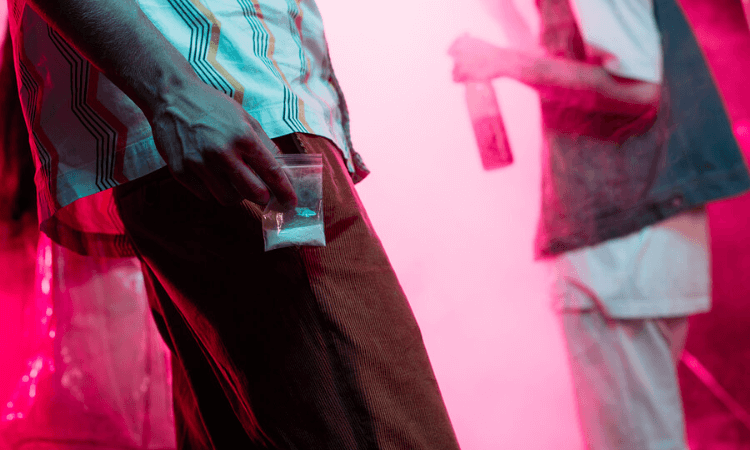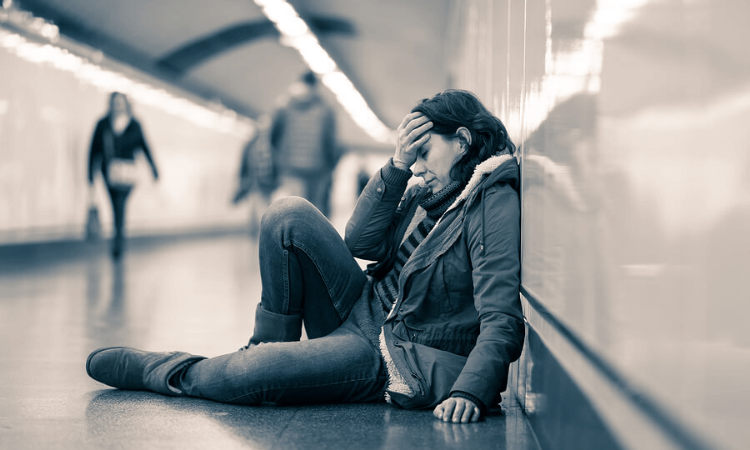
GHB and GBL are two closely related substances. Their euphoric effect has made them popular in club and party environments. GHB is also sometimes used as a “date rape” drug because of its profoundly sedating effects.
What Is GHB?
GHB (gamma-hydroxybutyrate) exists naturally, but in small amounts, in human cells. It is a neurochemical and also influences other neurotransmitters, including GABA (gamma-aminobutyric acid) and dopamine. At low doses, GHB represses dopamine release. But, in high doses, it prompts dopamine release. It also boosts serotonin and inhibits the release of adrenaline.
On the street, GHB has many names, including Liquid E or Liquid Ecstasy. The drug was originally developed in the 1960s for use in anesthesia. However, due to adverse side effects such as seizures, it is rarely used for this purpose. It is also sometimes used to treat narcolepsy and to help people recover from alcoholism.
In 1990, GHB was available in health food stores as a treatment for insomnia and for its growth hormone-enhancing properties. But following several poisonings, GHB was promptly removed from the market and banned in 1991.
In 2000, the Drug Enforcement Agency classified GHB as a Schedule 1 controlled substance. This means that it has no approved medical purpose and a high potential for abuse. Still, at least one pharmaceutical product that contains GHB (Xyrem®) is available in some cases by prescription only.

GHB Today
Today, GHB is most commonly thought of as a club drug or date-rape drug. As the former, users take small doses to lower inhibitions and induce feelings of well-being. Perhaps for these reasons, some say it acts as an aphrodisiac.
In excessive doses, however, GHB can cause extreme sedation and unconsciousness and also repress the formation of memories. This fact makes it very effective as a date rape drug. Additionally, it is usually sold in a tasteless and odorless liquid, making it easy to slip into an unsuspecting person’s drink.
As a central nervous system (CNS) depressant, it can prove fatal when taken in combination with alcohol or other depressants, such as opioids or benzodiazepines. The risk for this may be higher if a person has ingested the drug without their knowledge. And as with many street drugs, the composition and potency of GHB can vary. Moreover, there is often no way users can know just precisely how powerful a dose may be, which increases the risk of overdose and death.
Effects of GHB
The effects that GHB has on a user may be different from one person to the next. Factors like stomach contents, whether a person used other substances, and individual biology can cause the effects to vary. However, effects are usually experienced within 10–20 minutes, and about 45–90 minutes later, they will often begin to subside. Sleepiness or grogginess may occur for up to 12 hours after use.
The physical effects of GHB are highly dose-dependent, and each individual may have a slightly different response, a fact that makes GHB use even riskier. Fortunately, the number of people who report having used GHB in their lifetime has been gradually declining since around 2006.
But despite GHB’s illegal status, it is still manufactured in clandestine labs and trafficked around the world. Because the ban has made GHB somewhat more challenging to obtain, some people have begun to seek out GBL as an alternative.
What Is the GBL Drug?
GBL (gamma-butyrolactone) is a “prodrug” of GHB that has a variety of commercial and industrial uses. For example, it is commonly found in pain strippers, nail polish remover and stain remover as a solvent. Because of its chemical similarity, GBL, although a biologically inactive compound, metabolizes in the body to produce a drug. Furthermore, its effects are indistinguishable.
Unfortunately, however, GBL is also 2-3 times as potent as GHB, and its effects take place much more rapidly. This places users at an even higher risk of overdose than GHB, although the effects of either drug can be very severe and include life-threatening CNS depression, respiratory arrest, coma, and death.
In fact, an unintentional overdose of both substances is very easy. Even half of a millimeter of GBL or half of a dram of GHB in excess of a moderate dose can induce a deep sleep, where the person could potentially aspirate on their own vomit.
Also, due to memory-inhibiting properties, the danger of losing track of how much a person has ingested (especially because it can be administered unknown to the user in a drink) is much higher. This route of administration may lead to a greater likelihood of accidental overdose. One sip too many can be the difference between euphoric effects and debilitating unconsciousness.
Conversion of GBL into GHB
GBL can convert into GHB when the pH level changes from the addition of another product such as sodium hydroxide. However, converting GBL into GHB is unnecessary because the body will quickly metabolize GBL into GHB after consumption anyway. Because the effects of GBL onset more rapidly and its much greater potency, GBL itself may have a higher potential for abuse and adverse effects than GHB.

Are GBL and GHB Addictive?
Both GHB and GBL have the potential for addiction, mainly if the substances are used frequently for weeks or months. Even two weeks of daily use can result in dependence, which tends to result in intense cravings, depressed mood, insomnia, and anxiety unless the person uses the drug every few hours. These effects are related to withdrawal and are often unpleasant enough to compel the person to use more.
It is vital to understand that once a person is dependent on GBL/GHB, stopping use abruptly or “cold turkey” can result in severe health risks and even death. If a user experiences withdrawal symptoms such as feeling shaky, sweaty, or anxious when they quit using the drugs, medical attention should be sought immediately. Other symptoms of withdrawal include insomnia, and, more seriously, confusion, delirium, and hallucinations.
Getting Help for Drug Abuse and Addiction
For those who abuse GHB or the GBL drug, medical detox and behavioral therapy intended to treat addiction are often required. Recovery in Tune offers programs that include these services, as well as others essential for recovery, including counseling, group support, and aftercare planning.
Also, people who abuse drugs like GHB and GBL often abuse other substances, such as opioids or alcohol. Our program addresses substance abuse, as well as co-occurring mental health disorders for a comprehensive treatment approach.
If you are ready to take the first step toward long-lasting happiness and wellness, we urge you to contact us. Discover how we can help!